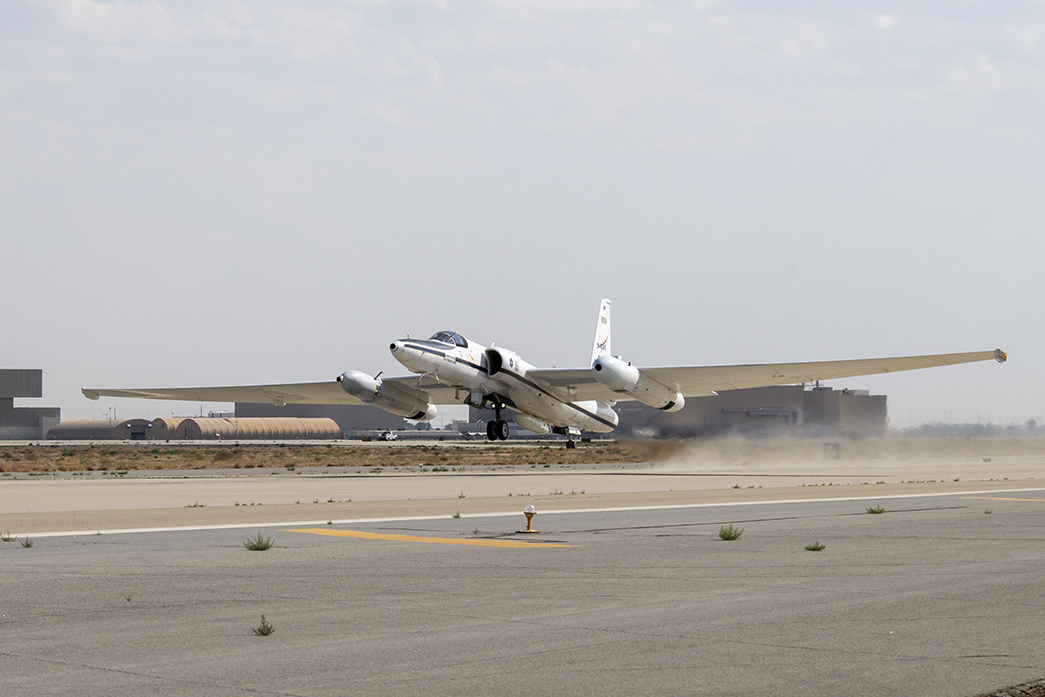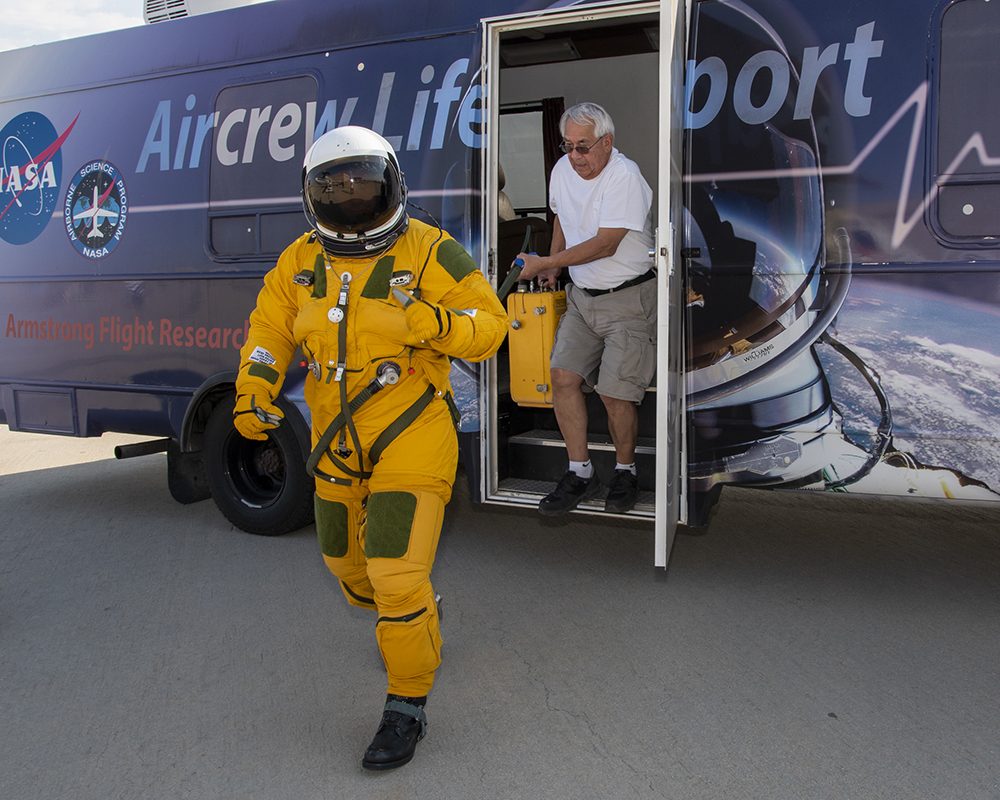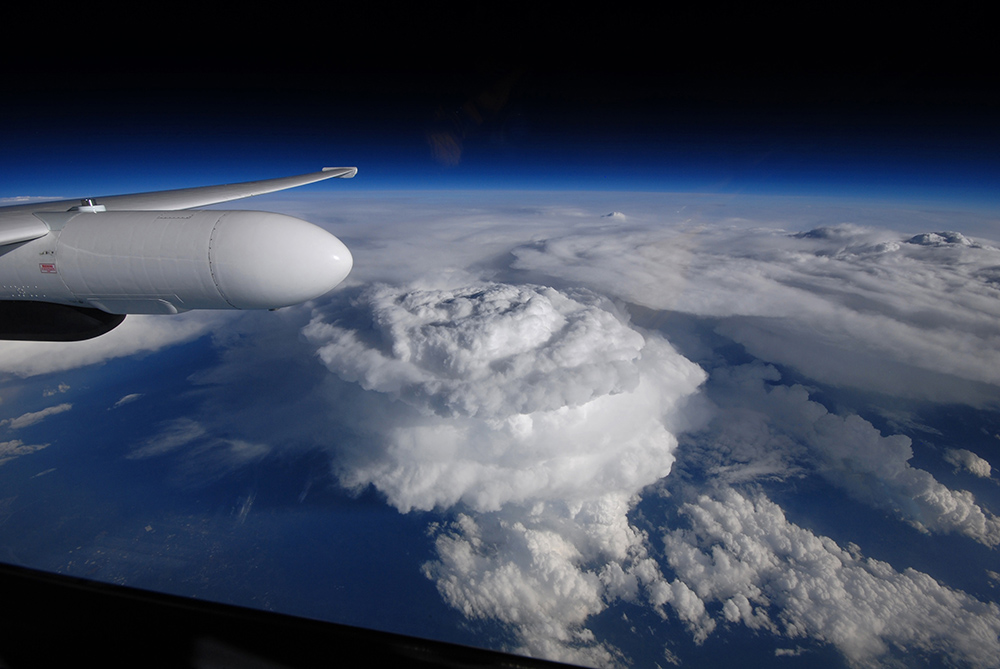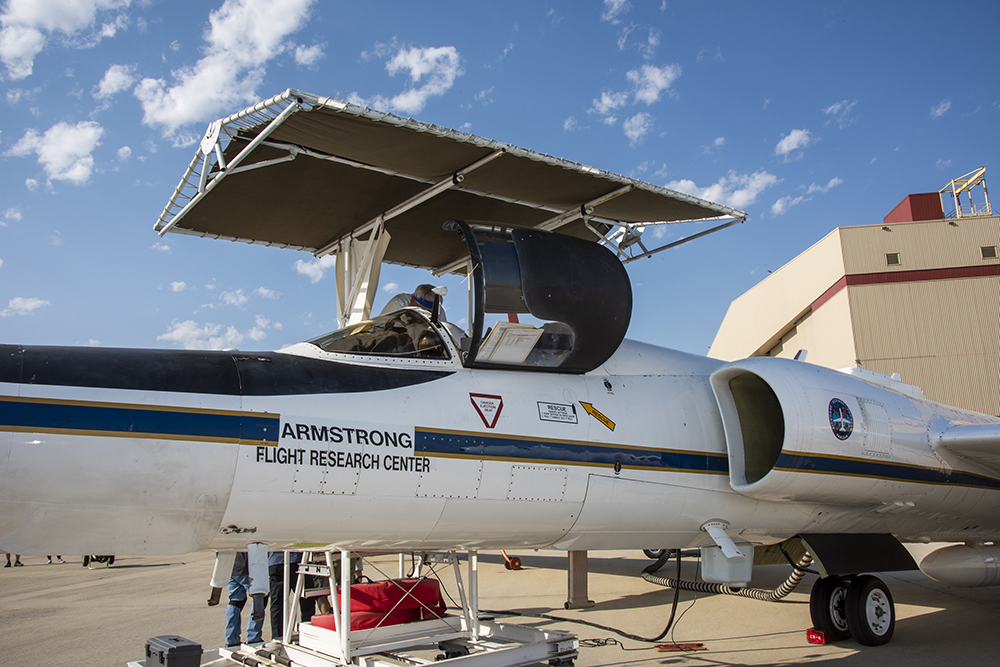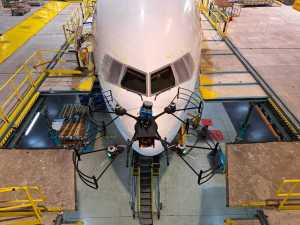NASA and university scientists will be studying the intense summer thunderstorms over the central United States to understand their effects on Earth’s atmosphere and how it contributes to climate change.
As part of NASA’s Earth Science Division, the Dynamics and Chemistry of the Summer Stratosphere, or DCOTSS, project will be flying out of Salina, Kansas during the summers of 2021 and 2022. The project will directly study the convective impacts of thunderstorms over North America.
The DCOTSS mission aims to understand how dynamic and chemical processes interact to determine the composition of the stratosphere, and how that composition may change in response to ongoing changes in the climate system.
After a one-year delay due to the COVID-19 pandemic, DCOTSS science flights are set to launch on July 16. NASA’s Armstrong Flight Research Center’s ER-2 aircraft will fly as high as 70,000 feet to collect atmospheric chemistry samples to better understand material transported to the stratosphere by convective storms. Referred to as overshooting storms, rising air, particles and chemicals in these intense thunderstorms can be carried high above the lowest layer of the atmosphere into the stratosphere, which most thunderstorms do not usually reach.
The ER-2 provides sampling opportunities at a higher altitude range than other platforms. There will be 12 instruments on the ER-2 to measure gases and particles carried into the stratosphere by intense thunderstorms. During the campaign, the scientists will be collecting and analyzing this data to understand the effects of overshooting storms on Earth’s atmosphere.
“This is the first mission that is specifically designed to look at the impacts of overshooting storms,” said Dr. Kenneth Bowman, DCOTSS principal investigator and a professor of atmospheric science at Texas A&M University.
“Approximately 50,000 storms occur over the U.S. during a typical summer, so almost every day, somewhere in the US, overshooting storms are happening,” he explained. “There are many scientific questions about the effects of these storms on the stratosphere that we will be able to address with data from DCOTSS. These include the processes operating at the tops of these intense storms, the potential effects of manmade chemicals on the stratospheric ozone layer, and the sources and composition of aerosol particles in the stratosphere.”
According to Dr. Bowman, in the last 10 years much has been learned about thunderstorms from other observing systems such as radars and satellites. These systems have revealed that overshooting storms happen more often than scientists originally thought. In addition to potentially affecting the ozone layer, overshooting storms also eject water vapor into the stratosphere. Water vapor is a potent greenhouse gas that contributes to global warming.
Because overshooting thunderstorms are most common over the central U.S., Salina, Kansas is considered an ideal base of operations for the ER-2 flights. The ER-2 will fly as close as 50 kilometers downwind from the overshooting storms to collect data safely and accurately.
As part of this campaign, several series of flights are scheduled. These consist of a five-week test flight period, and two seven-week science deployments from Salina. As part of the series of test flights, the ER-2 flew from NASA Armstrong’s Building 703 in Palmdale, California, in June to ensure that the aircraft and instruments were operating properly and to collect data in places thunderstorms do not normally occur.
Measurements from the California flights will be significantly different from the ones taken during the summer campaign and will provide a useful comparison to the measurements of the gases and particles obtained over the Midwest.





























